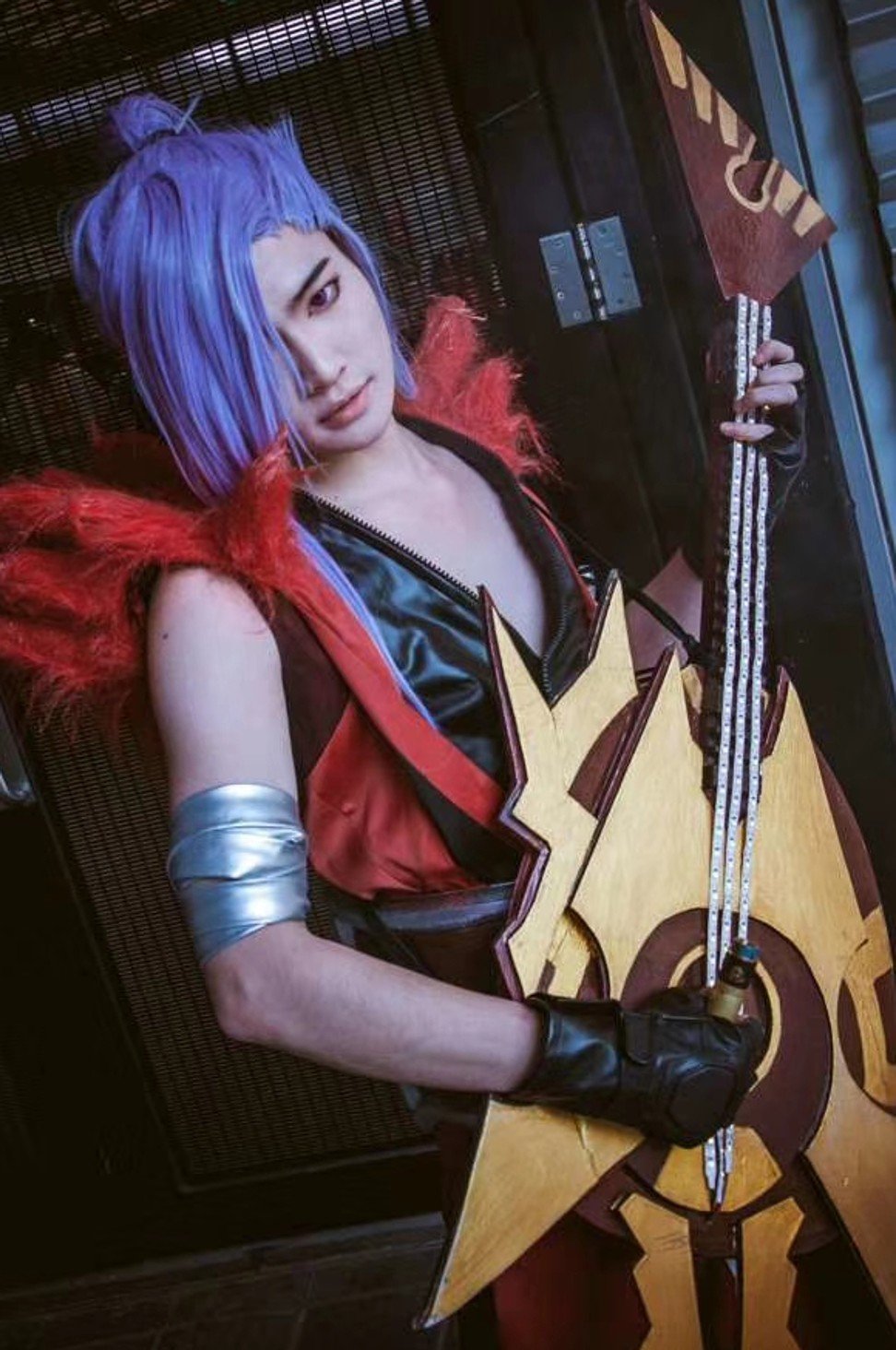
What cosplay is like in China, where home-grown heroes thrive, ‘play’ is emphasised and it’s not all about copying
- China’s cosplay market is uniquely open to interpretation due to its isolation behind the Great Firewall
- The practice itself has a profound effect on the identities of ‘cosers’, as they combine their own sense of self with the personalities and values of fictional characters

Cosplay is a portmanteau of costume and play, and the first recorded instances of cosplay were in 1908 in Cincinnati, Ohio, the US, and in 1910 in Tacoma, Washington.
Two fans of Mr Skygack, the world’s first sci-fi comic, both dressed up as the strip’s protagonist, an alien anthropologist, to attend “masked parties”. But unlike Halloween, a costume for a “coser” is not relegated to one day per year and then disposed of.
However accepted and even celebrated a coser’s efforts may be on Halloween, the practice has never really been considered fashion, as it simply replicates designs, details and demeanours from fictional and historical figures.
But surprisingly, cosplay and fashion do share a number of similarities: they are both second skins, they are both kinds of performance art, and in China they both developed around the same time.

The world of cosplay, in China in particular, stems primarily from ACG, which stands for anime, comic and games. One game alone, League of Legends, was compelling enough for Louis Vuitton to partner with game developer Riot Games to design a trophy travel case, unique champion skins, “digital assets”, and even a capsule collection.
Spin-offs from League of Legends such as Wangzhe Rongyao and Arena of Valor, alongside a slew of Chinese and foreign games alike, have created a rich archive of characters for cosers to emulate, but anime and comics are what first started cosplay in China.
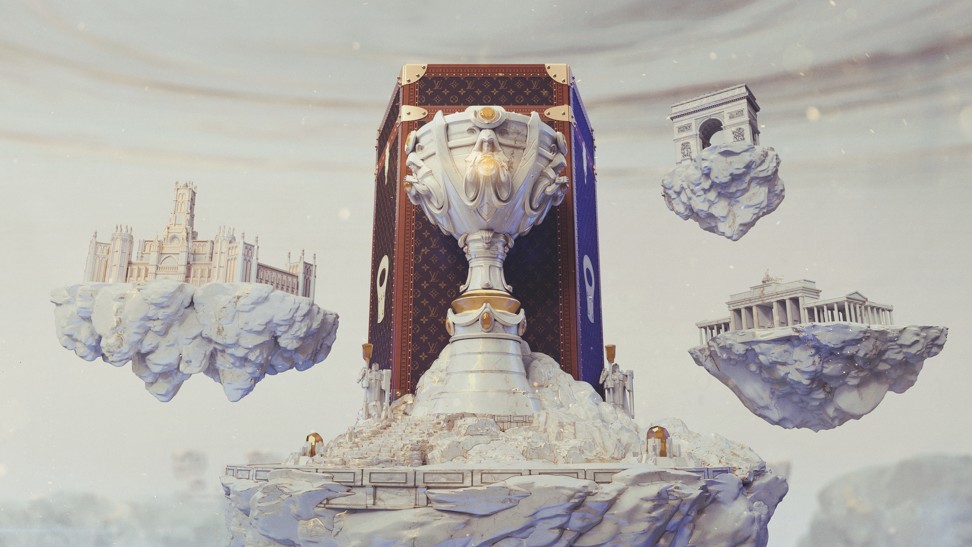
According to netizen Banana Sonna, pirated offprints of popular Japanese animations such as Astro Boy became available in China as early as the late 1980s. These were made accessible by the Hainan Photography and Fine Arts Publishing House, but a majority of Japanese source material did not make its way to China until the ’90s.
The term ACG itself wasn’t even born until 1995, but personal homepages were already being offered by NetEase in 1997. By 2000, peer-to-peer software allowed cosers to more readily connect, and BitTorrent in 2003 gave them access to much broader source materials.
Soon events, conventions, stores, malls and associations specifically made for cosers began to pop up around the country, but the real boost to the movement came from Taobao, which lowered the barrier to entry for first-timers with cheap and accessible costumes. (Taobao is a unit of the Alibaba Group, which owns the Post.)
For example, Amy Xiaotian Zhang opted to buy her Mulan outfit from Taobao to attend New York Comic Con instead of making her own, despite her formal training as a fashion designer. However, she is considering creating her own costume for next year, as she has had trouble finding costumes for Mulan as a warrior.
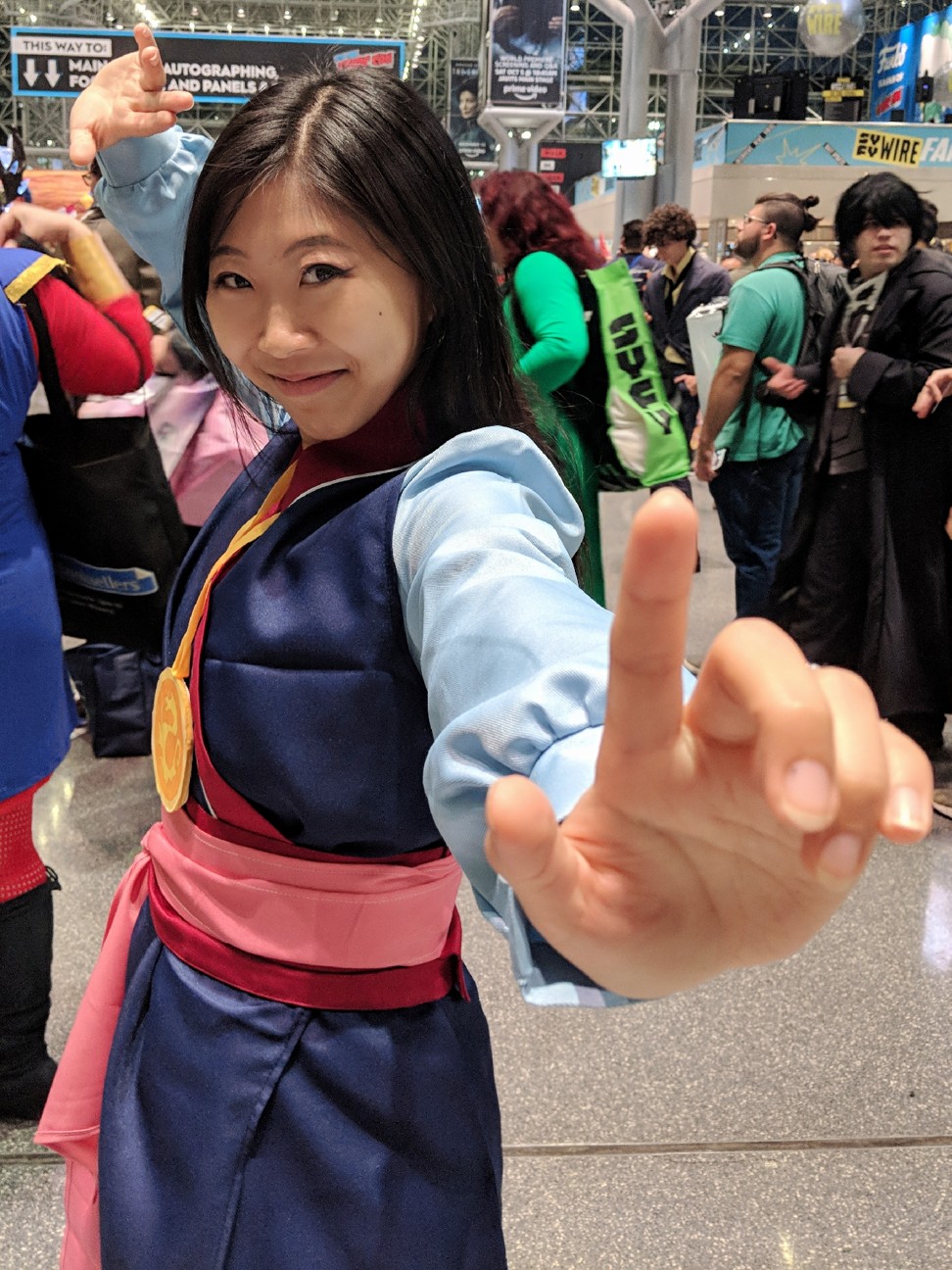
But despite the general popularity of Disney, Marvel and Japanese characters in China, the protectionist tendencies of the country have provided a market for home-grown characters to thrive.
Zhang started to see many more Chinese comics around 2010 when she first went to college, and now many conventions like the 22nd Firefly ACG Expo in Guangzhou focus primarily on Chinese IP and talent. Chinese characters used to be few and far between, but now there are many heroes that claim a Chinese origin.
Having characters that look Chinese matters, especially when the cosplay industry is obsessed with exactly replicating fictional characters, but the irony of cosplay in China is that it is less about copying and more about interpretation. According to Wang Kanzhi’s research for a master’s programme in East Asian Studies at Lund University in Sweden, cosplay in China is more open to interpretation because the “Great Firewall” has isolated the community from not only other cosers but also original source materials.
“Due to the different understanding of the original pieces, local cosplayers tend to add their own ideas and points of view into the activity, which obviously changes the original characters,” Wang says. “In other words, the local cosplayers do not only duplicate fictional characters, but add their own creative points to the original form and content.”
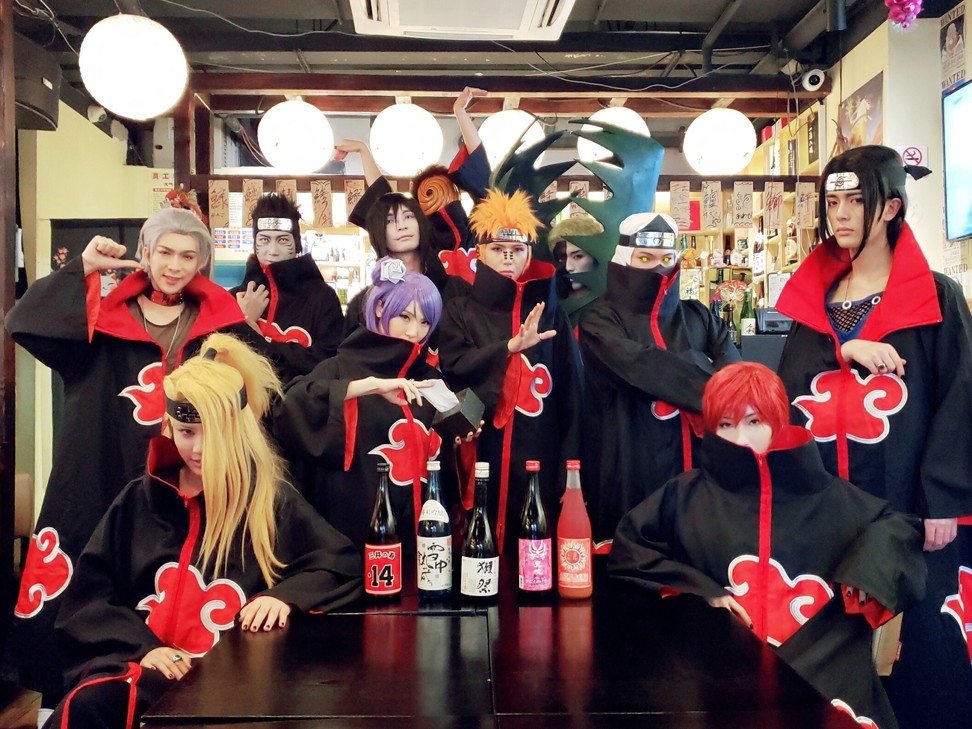
What Wang also notes about China’s unique cosplay scene is that the activity is typically for groups, not solo players; additionally, the play aspect is emphasised in China, so re-enacting or creating original dramas, plays, stage performances and video clips is central to the Chinese cosplay experience.
There is an overlap between acting and cosplay everywhere, as actress and graduate student Heather Gilbert notes. She went to New York Comic Con as a gender-bended Dr McCoy with Spock from Star Trek. Gilbert notes that as an actress she is “already a show-off”, and the performative nature of cosplay certainly appealed to her as a real-life way to escape and express some sort of alter ego.
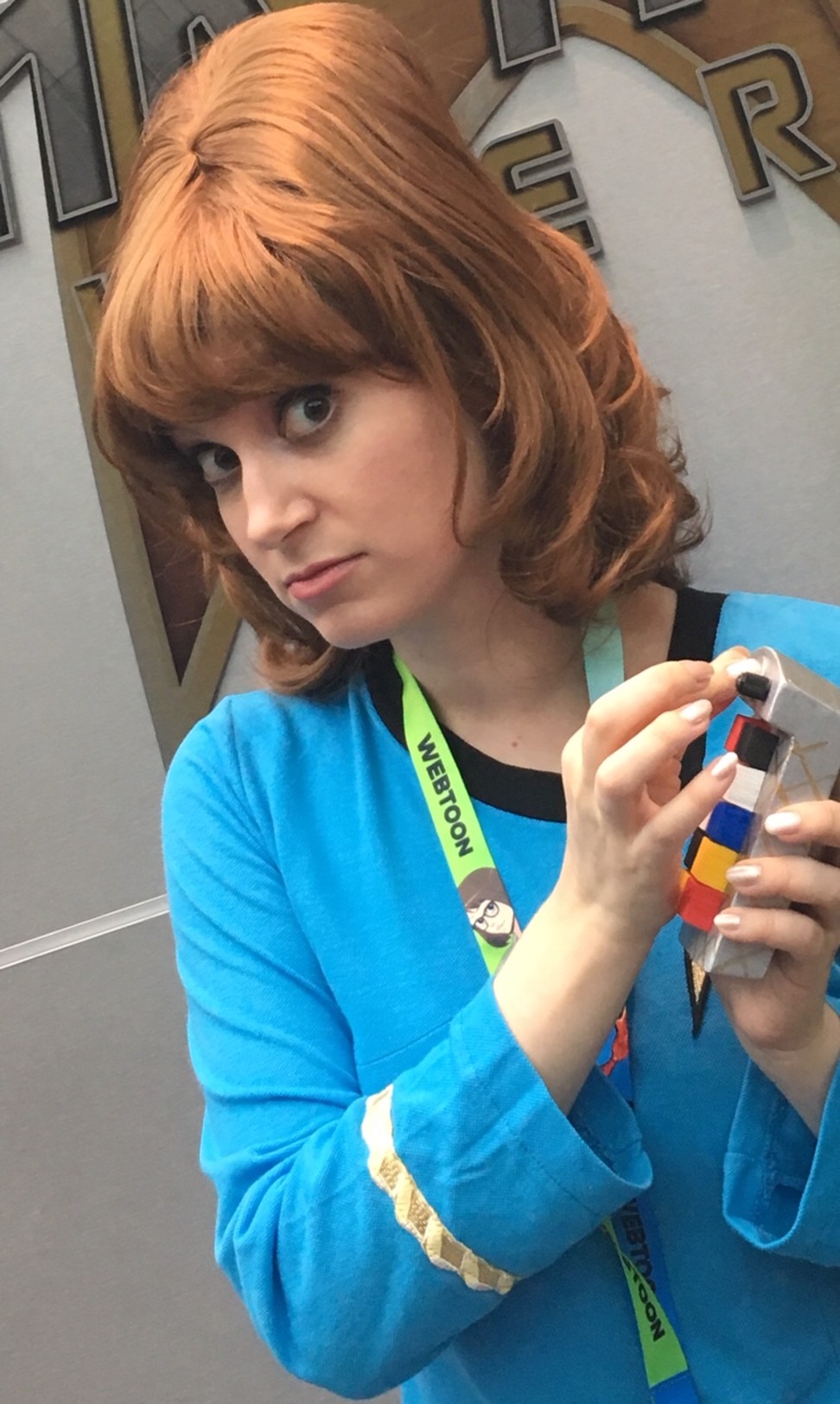
But why are so many young Chinese people drawn to fantasy and escapism? Writer Charlotte Miller and artist Cao Fei explain this in The Gamification of Everyday Life.
“Playing out their innermost fantasies of having certain magical powers – be it the ability to fly or being a skilled ninja – these youth turn to the world of the virtual, the world of play, because that is the world in which they find comfort, understanding and empowerment,” the book explains.
“The characters played often are violent or power-hungry, reflecting the fact that in real life, these youth are powerless. The world of the game, or gamescape, becomes a space in which the youth can exert control over their own destiny, their own lives. In this gamescape, the youth feel like they have worth in society, a feeling that they do not have in the real world.”

The referenced “gamescape” is also known to Chinese cosers as the “second dimension”. Writer and strategist Tanner Greer explains that it extends far beyond ACG and is neither genre nor product, but rather “a world one lives in, visits and joins. It is both a culture and, in the minds of its inhabitants, a place.”
This cultural and spatial shift brings with it a raft of social and economic implications, as well as opportunities. But by simply dressing up and emulating characters and personas, cosers in China have created an entirely new dimension, culture, economy and lifestyle for the 21st century.
Cosplay is less about escaping by dressing up and more about embodying values through symbolism. For example, Jacob Rudolph, a 22-year-old student-athlete in Kansas, the US, has always felt a connection to Captain America because he always did what was right. Rudolph has invested quite a bit of money to look like Captain America, but the real benefit for him is being able to demonstrate, through the symbolic nature of his clothes, the values that he and Captain America share.

And this emulation of fictional characters is having a profound effect on many young people around the world. As they are still forming their identities, cosplay allows them to literally become their role models, values and all, regardless of the “realness” of these characters.
As Christoph Noe explains in Young Chinese Artists: “It is in this gap between the realistic cityscapes and the fantastic havens these young people find their heroic alter egos.”